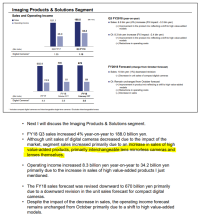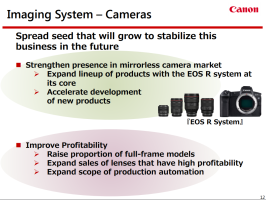The folks at Lensvid have released their annual “What Happened to the Photography Industry in 2018?” infographic.
It shouldn’t be a surprise that camera and lens shipments continued to fall in 2018 by 24% and 7% respectively.
As far as camera sales splits go, DSLRs and mirrorless saw increases of share in 2018, at the expense of compact cameras. Mirrorless only saw a modest 100,000 unit increase in sales in 2018 compared to 2017, while DSLR shipments fell by about a million units.
I think we’re nearing the end of the slide and the industry will flatten out in the next year or two, even if Canon thinks we’re going to see a further 50% drop in the marketplace.
The EOS R, EOS RP, and all the new RF lenses should help with Canon’s sales numbers in 2019, but there doesn’t...
Continue reading...
Last edited:


